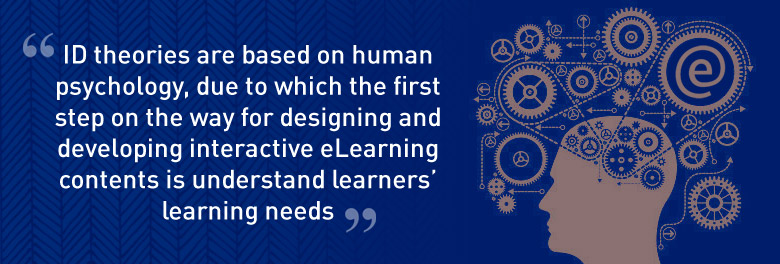A Quick Guide for Fixing Cognitive Dissonance While Developing Online Trainings
A globally renowned pharmaceutical company implemented an eLearning course for training its employees on the various upcoming developments in the domain of genetic medicines. However, after some time when feedback sessions were carried, the organization found that the implemented courseware failed to make any significant impact on ts employees.
Understanding Cognitive Dissonance
Cognitive dissonance is one of the top challenege faced by Instructional Designers (IDs) and eLearning content developers. Cognitive dissonance oftenly experienced by adult learners, who have prior knowledge that opposes the new learning experience or information. Removing or preempting cognitive dissonance is the topmost challenge faced by IDs and content developers.
Learners with prior knowledge encounter cognitive dissonance due to the following reasons:
Remedies for Resolving Cognitive Dissonances
After identifying cognitive dissonances as the real reason for failed online training, following remedies were advised to the L&D Manager:


Last Few Words
After a careful evaluation and assessment, the pharmaceutical firm delivered online training after taking these three crucial remedies for cognitive dissonances. Remember, instructional designers’ theory is based on human psychology, due to which the smart way to design and develop eLearning contents is to understand learners and accordingly design and deliver their learning needs. If your organization’s eLearning strategy is not yielding the desired ROI due to cognitive dissonance or any other reasons, feel free to contact us right now. Our team of instructional designers and content developers understands your learners in a better way than anyone else!!





